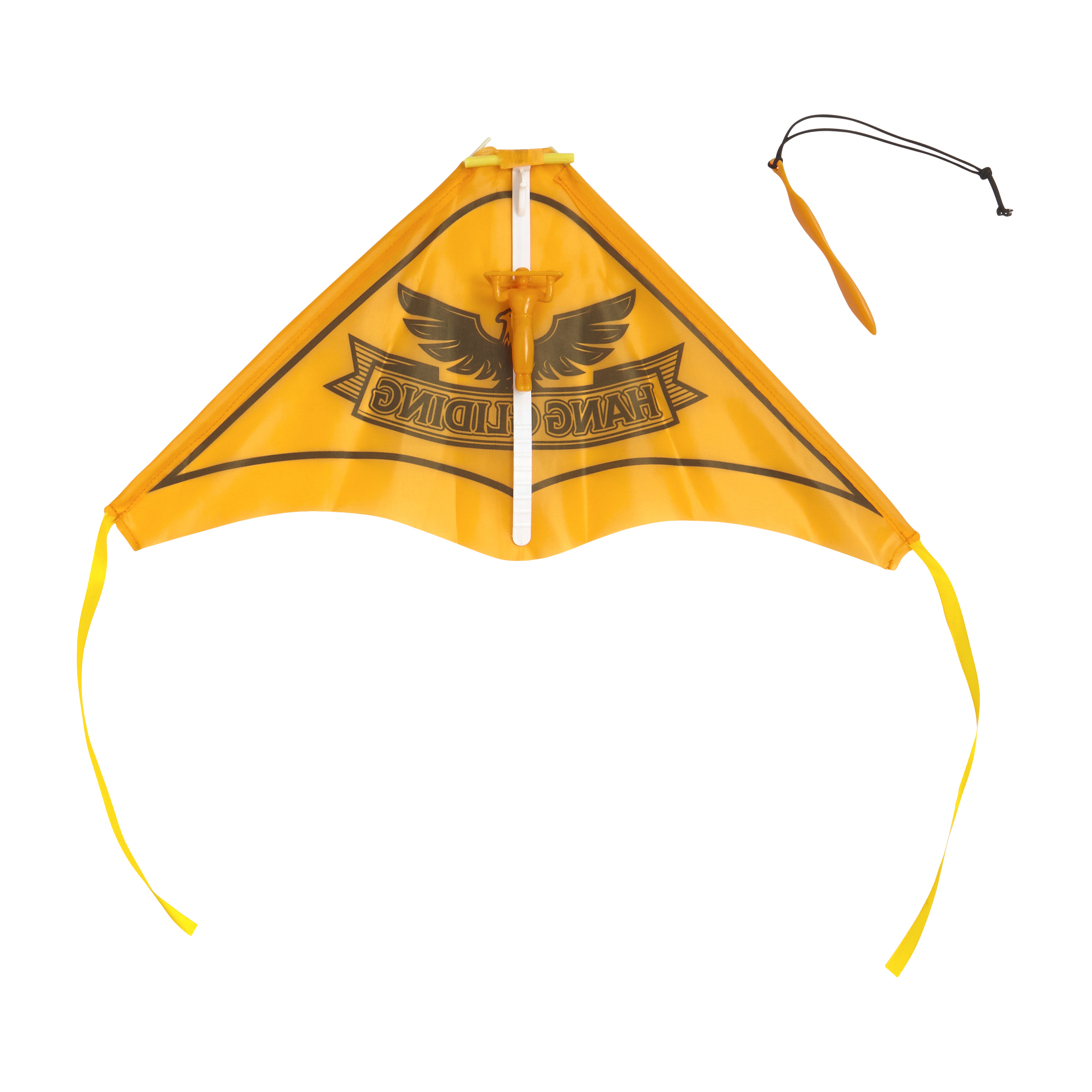


Based on the work of his mentor Otto Lilienthal, in 1897 Pilcher built a third hang glider called The Hawk with which he broke the world distance record when he flew 250 metres (820 ft). Later that year Pilcher met and consulted with Otto Lilienthal, who was the leading expert in gliding these discussions led to Pilcher building two more hang gliders, The Beetle and The Gull. Percy Pilcher took a growing interest in aviation and built a glider called The Bat which he flew for the first time in 1895. By 1896, he had made about 2,000 flights of 250 metres (820 ft) with a number of his designs when he crashed from a height of about 15 metres (49 ft), fracturing his spine. His type of aircraft is now known as a hang glider. He rigorously documented his work, influencing later designers for this reason he is one of the best known and most influential of the early aviation pioneers.
#HANG GLIDER MANUFACTURER SERIES#
He also produced a series of gliders, and in 1891 was able to make controlled flights of 25 metres (82 ft) or more routinely, as well as some soaring flights. Otto Lilienthal duplicated some of his contemporaries' work and greatly expanded on it from 1874, publishing all of his research in 1889. Chief among these were Otto Lilienthal in Berlin, Germany, Lawrence Hargrave in Sydney, New South Wales in Australia, Percy Pilcher in the United Kingdom, John Joseph Montgomery at Otay Mesa near San Diego, California (1880s) as well as at Santa Clara, California (1905) Octave Chanute and his team in Gary, Indiana, in the US, to name but a few. Through the 1880s, several aviation pioneers emerged in different countries around the world, and they all pursued glider designs with varying degrees of success. Starting in the 1880s, advancements were made in aerodynamics and construction that led to the first truly practical gliders this information was often shared and published by early aviators and inventors, building a long series of incremental achievements. George Cayley constructed a slope-launched glider that flew with a pilot in 1853. The wing's simplicity of design and ease of construction, in combination with its slow flight characteristics, did not go unnoticed by hang glider enthusiasts Rogallo's flexible wing airfoil was soon adapted by John Wallace Dickenson in 1963, to the purpose of recreational flight, launching a hang glider renaissance. In 1957 the American space agency NASA began testing various formats of a new wing called the Rogallo wing with the intent of possibly implementing the design as a recovery system for the Gemini space capsules. Further hang glider research was undertaken during the 1920s in Europe, Australia and the US, where designers tested several wing concepts and the 'pendulum weight-shift control system'. The type of aircraft employed by Lilienthal is now referred to as a hang glider. The first recorded controlled flights were by German engineer Otto Lilienthal, whose research, published in 1889, strongly influenced later designers. Early hang glider designs did not reliably achieve safe flight, their builders lacking a comprehensive understanding of the underlying principles of flight.


 0 kommentar(er)
0 kommentar(er)
